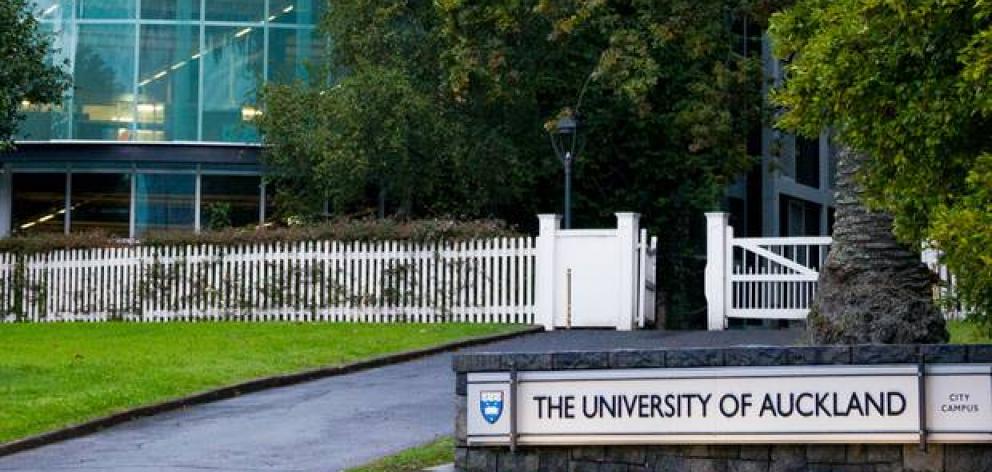University of Auckland: Predicting the effects of traumatic brain injury
New Zealand has one of the highest rates of traumatic brain injury (TBI) in the developed world, with almost 14,000 people being treated for it annually, up to 90% of whom are considered in the mild severity range (mTBI).
Some recover quickly from mTBI while others go on to experience long-term consequences. The symptoms manifest in a range of idiosyncratic ways, often collectively described as ‘a storm in the brain’. It can affect attention and concentration, memory, information processing, decision-making and more. Is difficult to diagnosis and can’t be treated.
“But we do not know why some recover quickly while others go on experiencing long-term consequences,” says Dr Vickie Shim, who is leading the research at the ABI. “One of the problems with TBI diagnosis and research is that there is often no known relation between the location or extent of the injuries and subsequent symptoms.”
A missing link in our understanding of mTBI pathophysiology is the lack of understanding in the interconnected nature of mechanical, biological and cognitive processes in the brain she says.
She and her team aim to address this by combining computational modelling and MRI imaging technology, which will allow them to simulate disruptions in the brain, to better understand the link between structural damage and cognitive impairments.
She will be measuring head impacts from high school rugby players collected over a season and analyse the brain changes with advanced MRI and personalised brain models of the players. These will be correlated with cognitive symptom measurements to characterise how their brain structure and function change over time.
State-of-the-art imaging and modelling technologies will be used, which will allow Dr Shim to measure subtle changes in the brain’s structure and functions, which she and her team believe is integral to understanding and being able to predict long-term functional changes after mTBI.
“When combined together, this will have potential to transform the brain injury research and analysis by identifying pathways that cause severe cognitive impairments and the mechanisms that drive such detrimental changes,” says Dr Shim.
Their research aims to lead to the creation of one of the most comprehensive mTBI dataset in New Zealand. This will support the mTBI research community in New Zealand and advance brain injury research for the prevention, management, and treatment of mTBI.
Throughout history, major breakthroughs in science came through “seeing” structures or events for the first time, says Dr Shim. “The aim of this project is to provide a computational/experimental imaging modality through which one can see for the first time the changes in brain function after structural damage – and ultimately, prevent people from suffering from those effects.”

